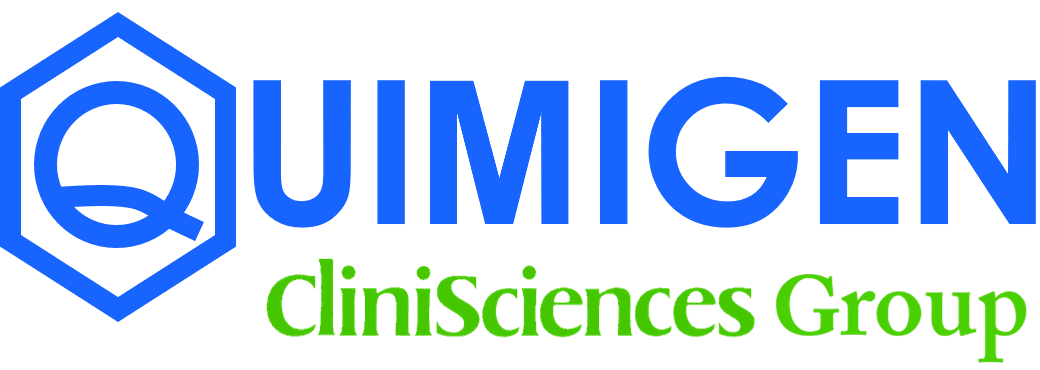Chemokines are a vital family of small, secreted proteins that play a crucial role in the immune system by directing the migration of immune cells to sites of infection, inflammation, and tissue damage. They are classified as chemotactic cytokines due to their ability to induce directed movement (chemotaxis) of leukocytes (white blood cells) and other cell types. This article delves into the structure, function, classification, and clinical significance of chemokines.
Structure and Mechanism of Action
Chemokines are typically around 8-10 kilodaltons in size and share a common structural feature: four conserved cysteine residues that form disulfide bonds, which are essential for their three-dimensional conformation. They exert their biological effects by binding to specific G protein-coupled receptors (GPCRs) on target cells, initiating intracellular signaling cascades that influence cell behavior, including migration, activation, and survival.
Functions of Chemokines
The primary role of chemokines is to guide the migration of immune cells. They achieve this by creating concentration gradients that leukocytes follow to reach sites of infection or injury. Beyond chemotaxis, chemokines are involved in several other processes:
- Cell Activation: Chemokines can activate leukocytes, enhancing their ability to respond to pathogens.
- Angiogenesis: Some chemokines promote the formation of new blood vessels, which is essential for healing and tissue repair.
- Tissue Development: Chemokines are involved in developmental processes, guiding cells to their appropriate locations during embryogenesis and tissue regeneration.
- Cancer Progression: Chemokines also play roles in cancer biology by influencing tumor growth and metastasis. Tumor cells can exploit chemokine signaling to enhance their invasiveness and spread to distant sites.


